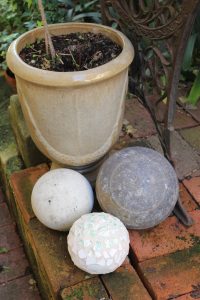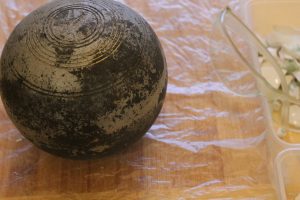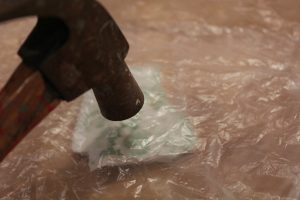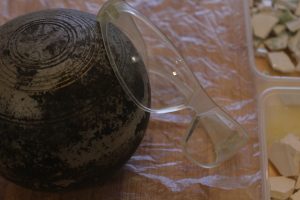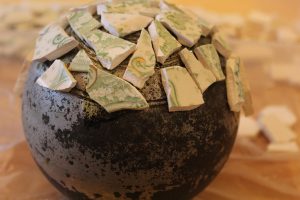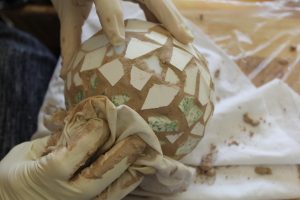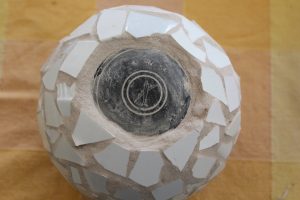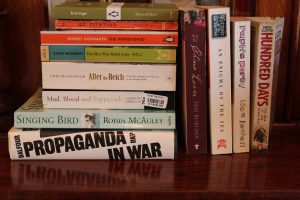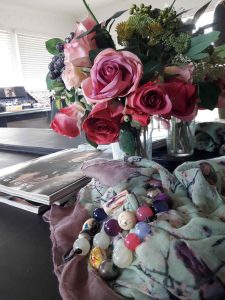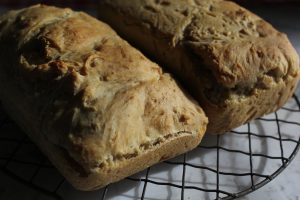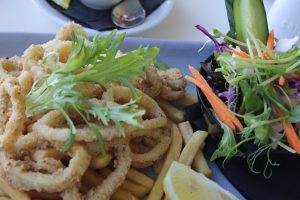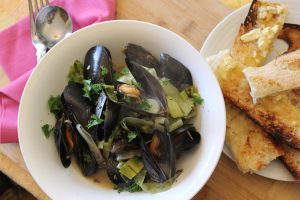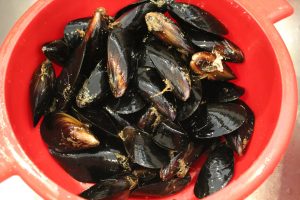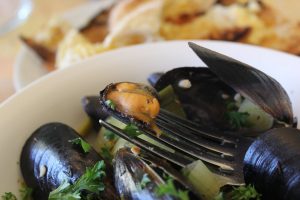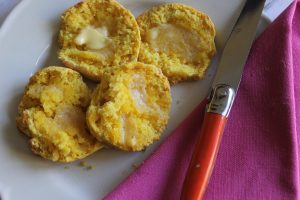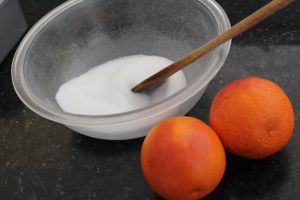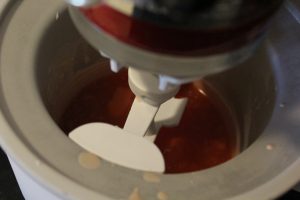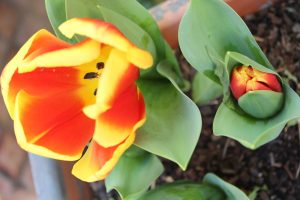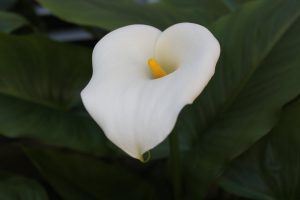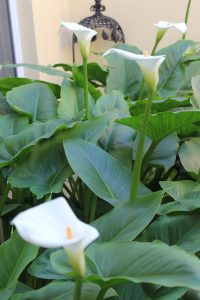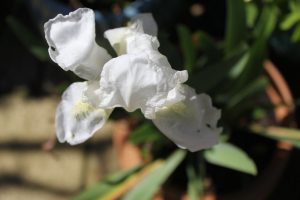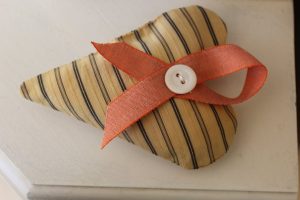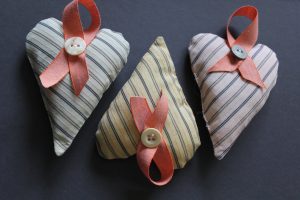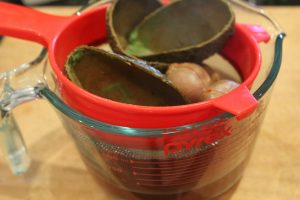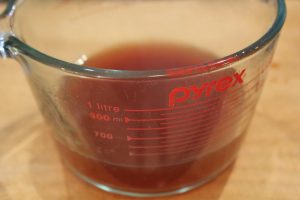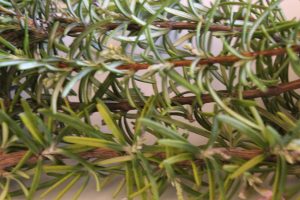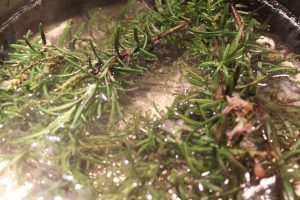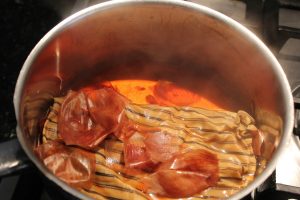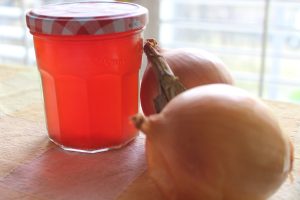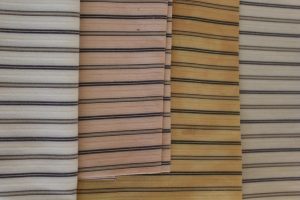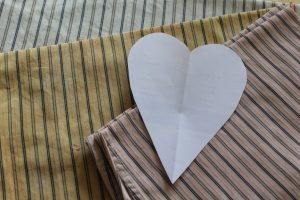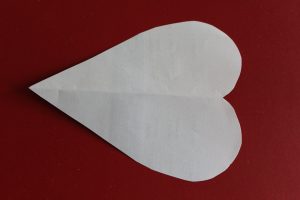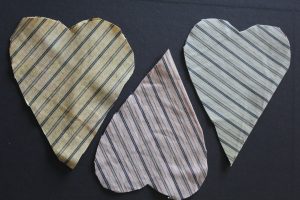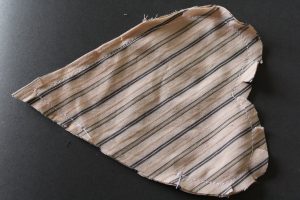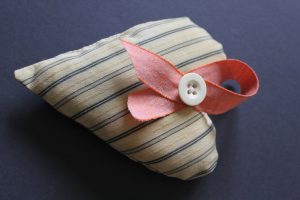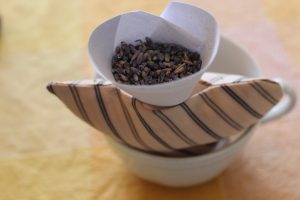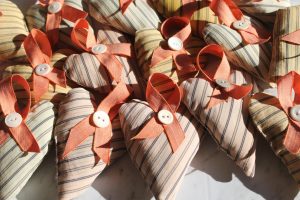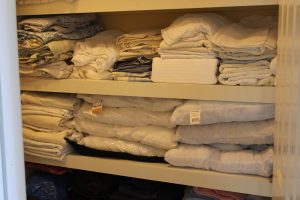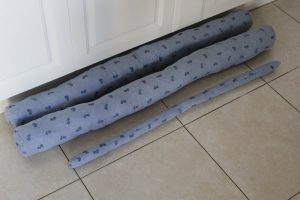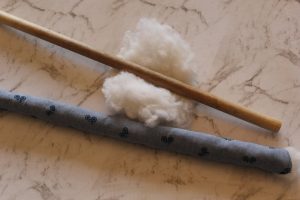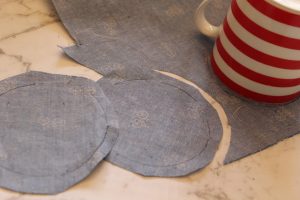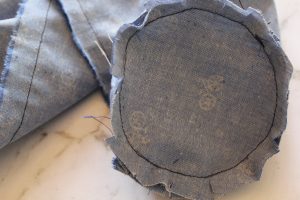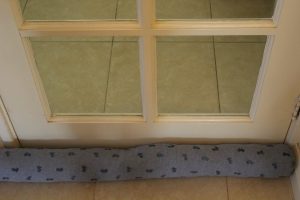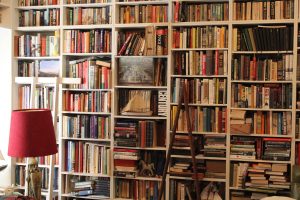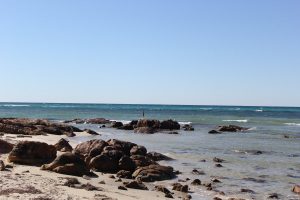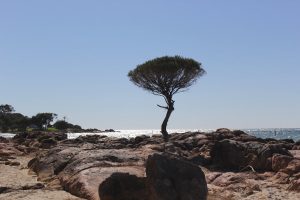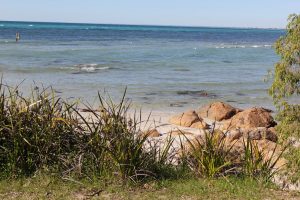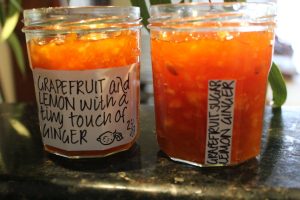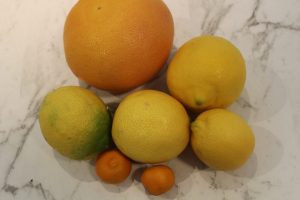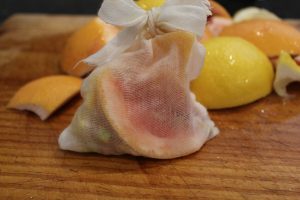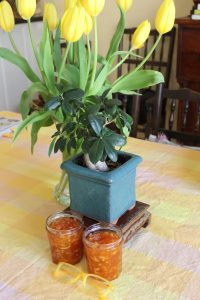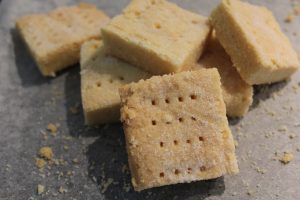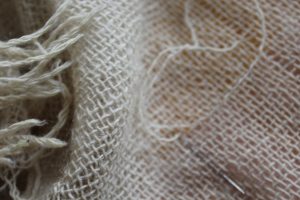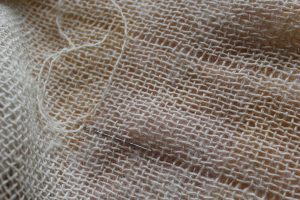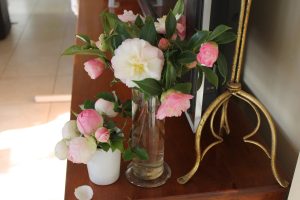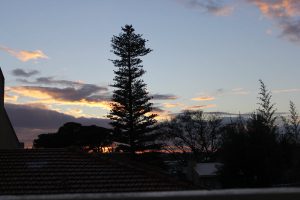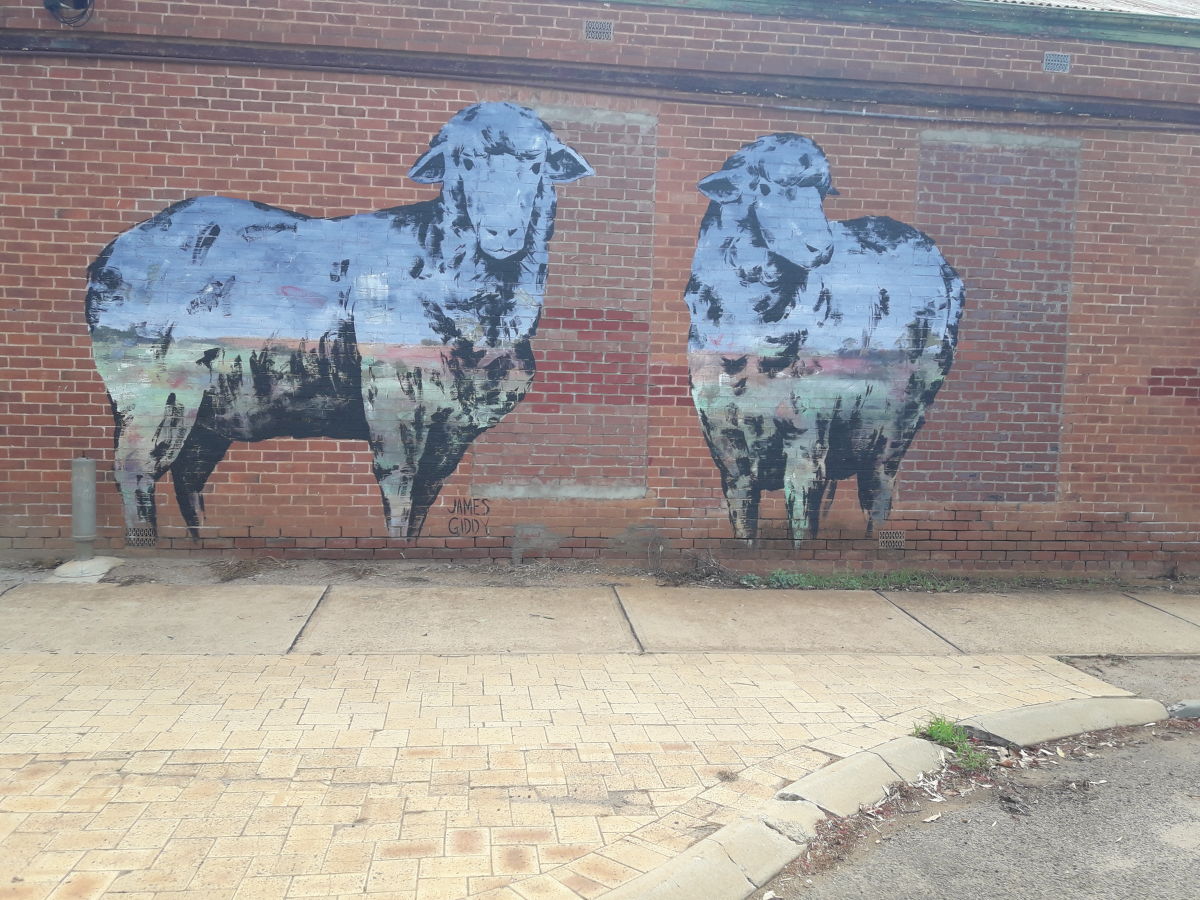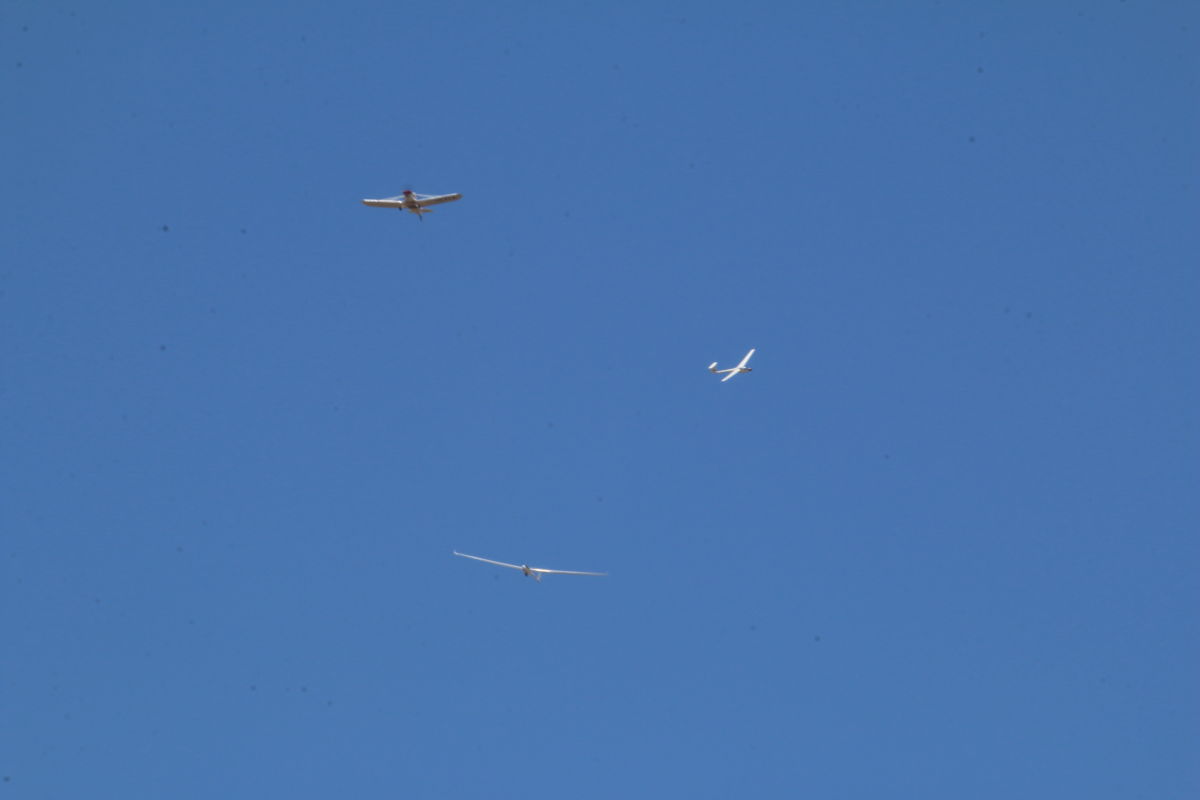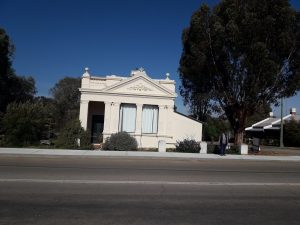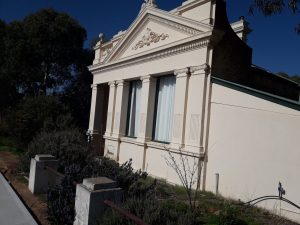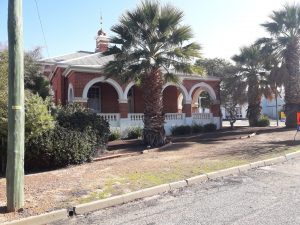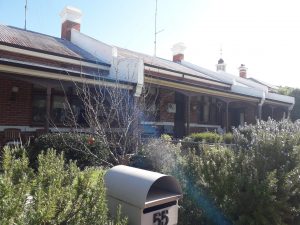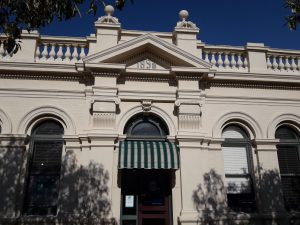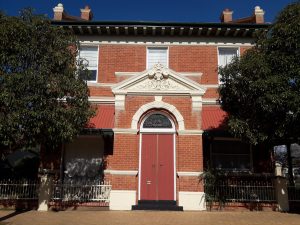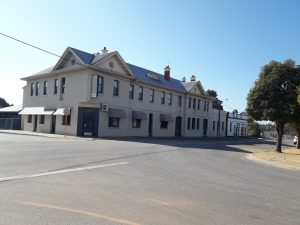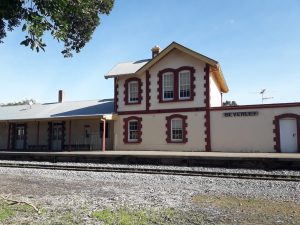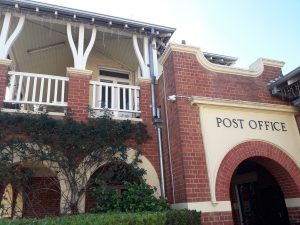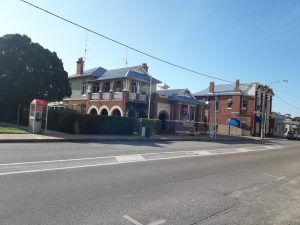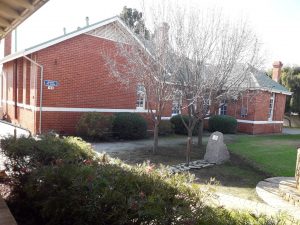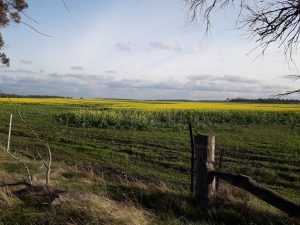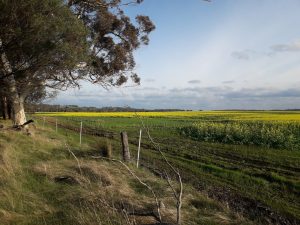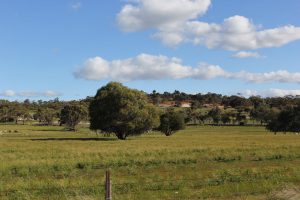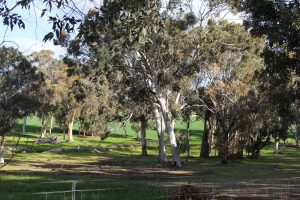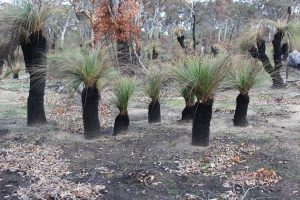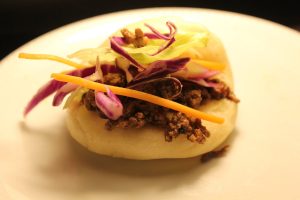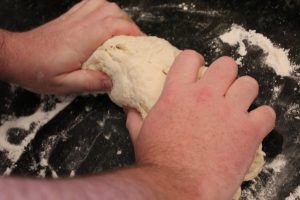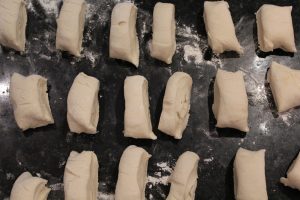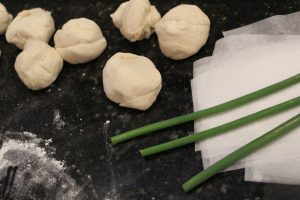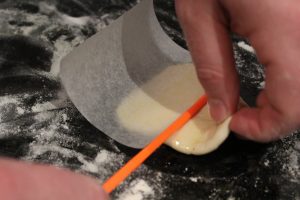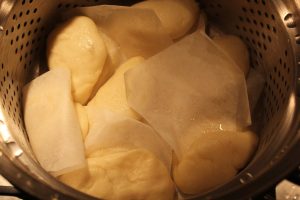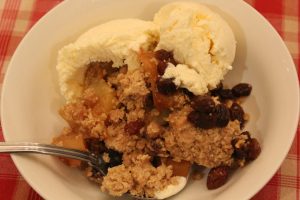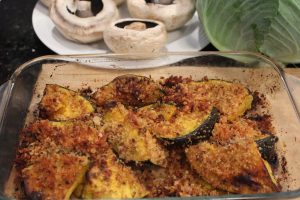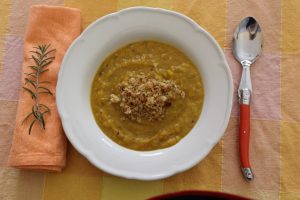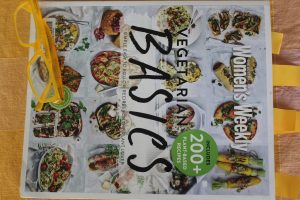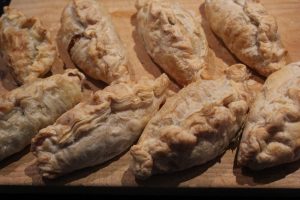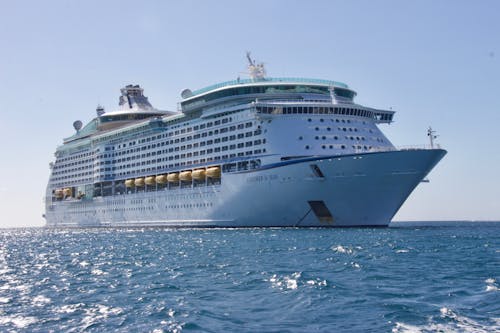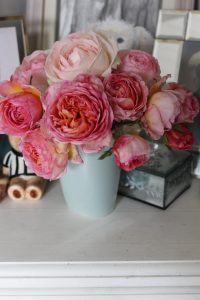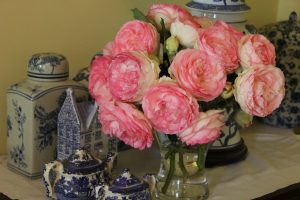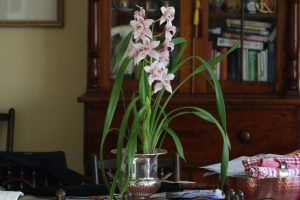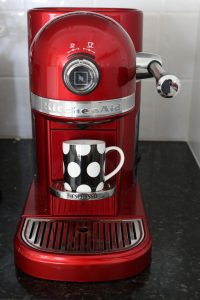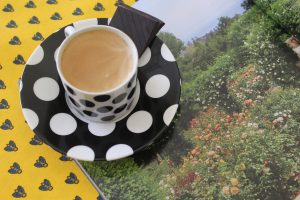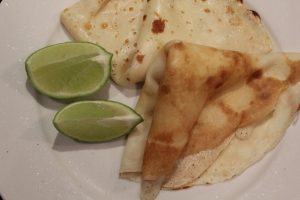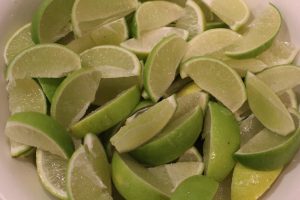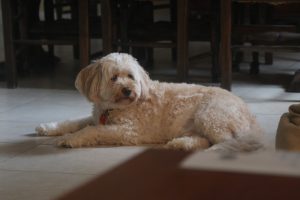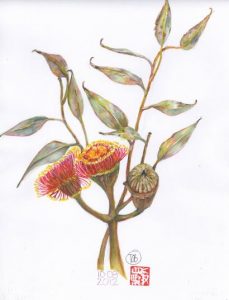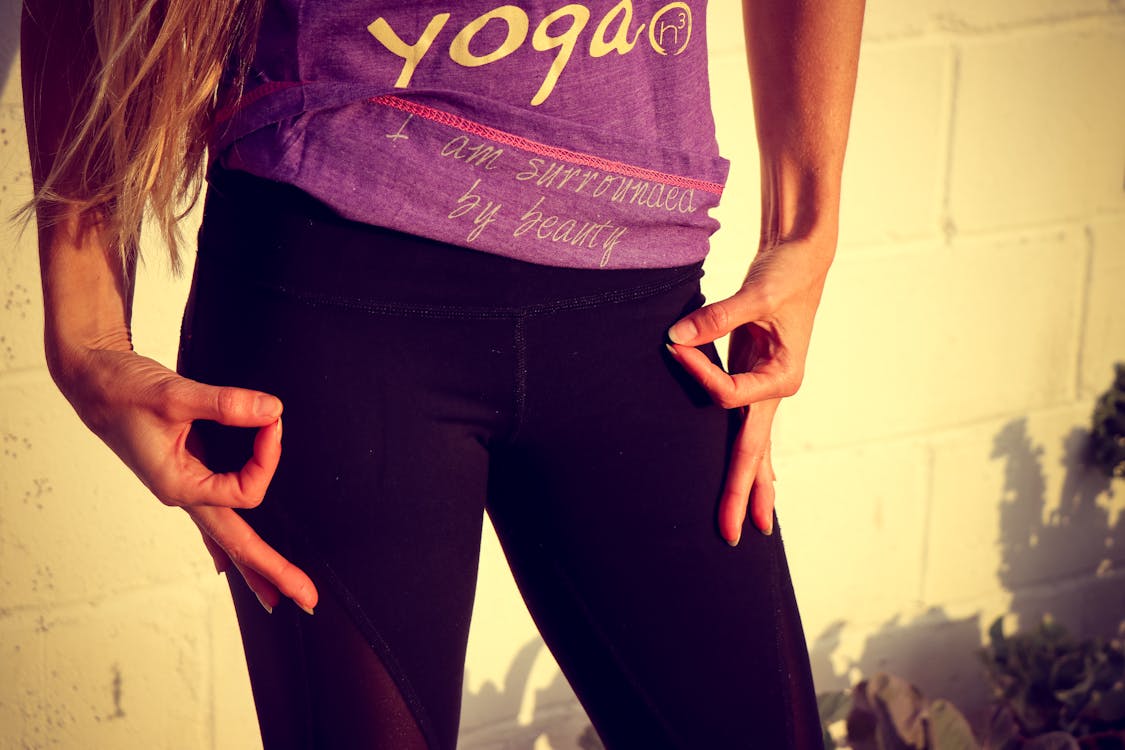We live in Western Australia and we’re closer to Bali or Singapore than most eastern states capitals. We decided it was time to fly to east, starting at Melbourne and then do train trips to get to know more about the state. Later, we went to Sydney and Brisbane, too.
Jumped on a tram to do a loop of the city blocks to familiarise ourselves with the area. Off at the Queen Victoria Market and bought strawberries, goats cheese, some brie, a Portuguese tart a vanilla slice and nougat. This was our bed picnic for the night.
We visited the National Gallery of Victoria and enjoyed 16th-18th century British and European paintings, their International Collection of 19th and 20th century works,Australian Impressionists, fabulous glassware and also Japanese ceramics. Great exhibitions. We took trains and trams almost everywhere; not something you can easily do in Perth. The tram system is very efficient at moving masses of people and it is very cheap. In fact, the central city area is free.
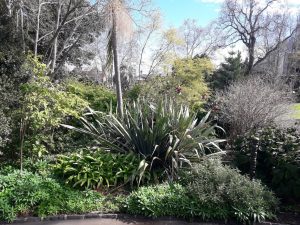

Wandered around the Alexandria Garden after a long lunch.
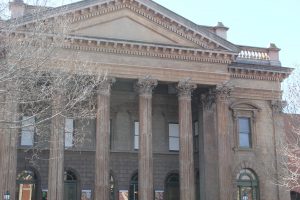

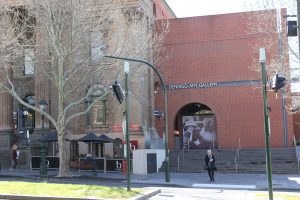

Set off for Bendigo on the train. A booming gold town from 1850-1900, it became for a while the world’s richest city thanks to gold. The architecture remaining from this era is wonderful to see. The Chinese also arrived with the gold rush and there’s gardens and buildings remaining in the Chinese precinct. There’s lovely old buildings along the main streets and well established parkland but we were there mainly to visit the Bendigo Art Gallery.
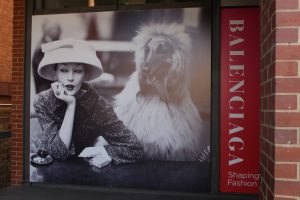

We went for the Balenciaga Exhibition, curated by the V and A. Cristobal Balenciaga, a Spaniard, was an influential and innovative 20th century designer. His designs were sculptural and focused on the silhouette and fitting shapes to the fabric. His exquisite craftsmanship is apparent in all the clothes on display. He wanted women to be bold, striking and interesting.
The exhibition included sketches, photographs, fabric samples and catwalk footage, plus modern technological demonstrations of pattern making. All fabulous.
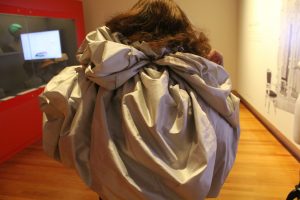

This Balenciaga piece could be worn as a skirt or a cape. I am wearing it as a cape, the most luxurious piece of clothing I have ever worn! It was intended to be worn over a very straight, fitted dress, not my traveling top and trousers with boots made for walking, not glamorous nights at the opera! This exhibition showed how Balenciaga often designed his clothes after he’d chosen the fabric.
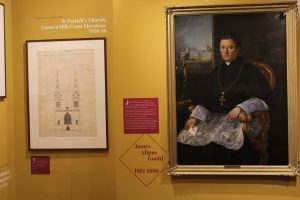

To the Old Treasury Building in Melbourne to see the Wayward Woman exhibition, Fascinating history of women in the early settlement of Victoria. Also interesting was the history of the building and the development of this area of Melbourne.
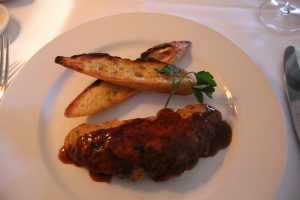

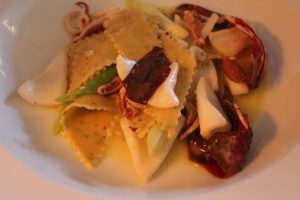

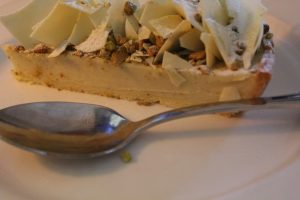

Melbourne is all about food. This restaurant, di Stasio, advertises in the Weekend Australian magazine so we booked before the trip and were delighted with our lunch. Old fashioned service and decor, fresh, carefully prepared food. Worth waiting years to eat here.
The next day we ate at their new restaurant, Citta, and really enjoyed it, too. Different decor but the same carefully selected and presented food. Finished off with a long walk in the Fitzroy Gardens.
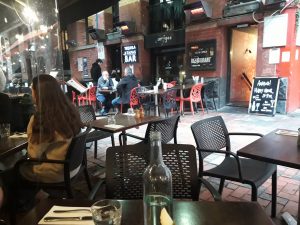

Melbourne is all about food. There’s amazing food everywhere and it is generally well priced. Almost every laneway bulged with interesting cafes and bars spilling out from the buildings.
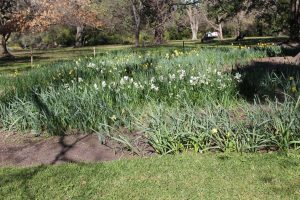

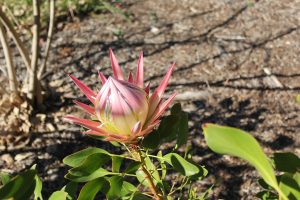

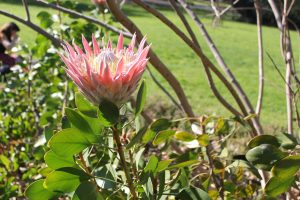



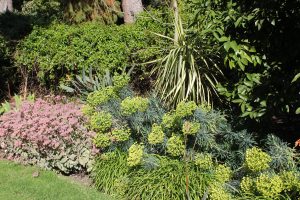

The Royal Botanic Gardens are accessible and beautiful. We had only allowed two hours including the tour we’d rung and confirmed the previous day. When we arrived we were told the tours were off for the rest of the day, no reason, bad luck. The couple behind us, also tourists, had pre-paid, so not at all pleased. It was such a shame as there’s so much to see but we didn’t have enough time.
The next day we took the train from Melbourne to Sydney. We’d decided to do this to see the countryside, but it was exhausting. The train was late, stopped frequently waiting for clearances, the food limited and way too hot. Relieved to arrive in Sydney. although quite sad to leave Melbourne. There’s so much to see and do and I’m sure we will be returning one day.
Today is CONCUSSION AWARENESS DAY. Now recognised as having serious long term consequences we need to ask the person who is possibly concussed these questions. Do they have a headache, did they lose consciousness, decide if they appear confused or are they slow processing information? If you see any of these symptoms, seek professional advice.

